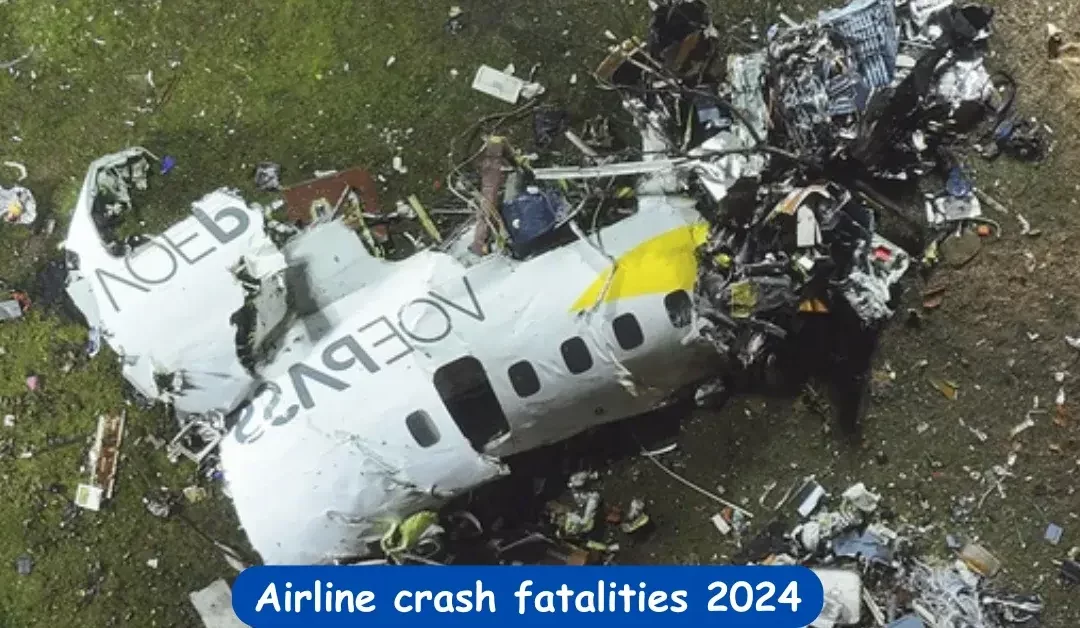Is Air Travel Safe in 2024? A Look at Airline Safety
Air travel is one of the safest modes of transportation, but recent incidents in 2024 have raised concerns about its safety. Despite some high-profile accidents, aviation experts assure that air travel remains much safer compared to previous decades. This article explores the current state of air travel safety and answers the question: Is air travel still safe in 2024?
2024’s Deadliest Airline Incidents
2024 has seen a rise in aviation fatalities, though it’s still considered a relatively safe year in the context of modern air travel. The year started with several high-profile accidents, including a crash at Muan International Airport in South Korea where 179 people tragically lost their lives. This crash occurred just days after a plane in Kazakhstan was shot down by Russian air-defence systems, killing 38 people.
Other notable crashes include:
- Nepalese plane crash in Kathmandu in late July 2024, which claimed 18 lives.
- Brazilian passenger plane crash in August, killing all 62 passengers onboard after it crashed into a residential neighborhood in São Paulo.
- Japanese coast guard collision with a Japan Airlines flight on January 2, 2024, resulting in five deaths.
Despite these incidents, experts point out that the overall air travel safety rate is still high compared to past decades.
A Historically Safe Year: 2023
It’s important to highlight that 2023 was one of the safest years for aviation, with no fatal accidents reported on commercial jetliners. This remarkable achievement reflects a larger trend of improving airline safety over the past decade. Aviation experts, including David Learmount, an experienced journalist, emphasize that while 2024 has had some unfortunate incidents, the overall safety trend remains strong and positive.
Here’s why air travel is still considered safe:
- Technological advancements: Modern aircraft are designed with state-of-the-art safety features that reduce the risk of mechanical failures.
- Strict safety regulations: Authorities enforce rigorous oversight to ensure airlines adhere to safety protocols.
- Enhanced pilot training: Pilots undergo extensive training to handle both routine and emergency situations effectively.
- Better tracking systems: Advanced weather monitoring and air traffic management systems help flights avoid potential hazards.
While reflecting on these improvements, it’s essential to maintain awareness of all forms of transportation safety, just as readers stay informed with NYT Connections hints December 30 for intellectual engagement and daily updates. Keeping informed on various fronts ensures a well-rounded perspective on safety and trends.
.
The Role of Turbulence and Weather
In recent years, turbulence-related injuries have become a significant concern. While turbulence itself rarely leads to accidents, it can cause injuries, especially when passengers are not wearing seat belts. The most common injuries from turbulence are minor, such as bruises or cuts, but sometimes they can be more severe.
In May 2024, a Singapore Airlines flight encountered extreme turbulence on its way to London. The turbulence caused 31 injuries, including one fatality. Aviation experts, including Hassan Shahidi, President and CEO of the Flight Safety Foundation, believe that climate change may be a factor, as it could lead to more severe weather patterns affecting flights.
Here are some key points about turbulence:
- Seatbelt use is crucial: Passengers are advised to wear seat belts at all times while seated to avoid injuries.
- Severe turbulence is rare: Most turbulence incidents are not life-threatening but can cause injuries.
- Weather conditions are becoming more unpredictable, with climate change potentially contributing to rougher flights.
Airline Safety Measures and What Passengers Can Do
Airlines continue to implement safety measures to reduce risks. Some of the recent steps include:
- Frequent safety briefings to remind passengers of important safety practices.
- Updated seatbelt protocols: Airlines now encourage passengers to keep their seatbelts fastened even when the seatbelt sign is off.
- Enhanced pilot and crew training: The crew is trained to handle unexpected events and emergencies with calm efficiency.
For passengers, the best safety tip is simple: wear your seatbelt whenever seated. This minor precaution significantly reduces the chances of injury during turbulence or other unexpected events.
What’s Next for Airline Safety?
Looking ahead, aviation safety will likely continue to improve as technology advances. The Aviation Safety Network and other organizations track airline incidents to identify patterns and improve flight protocols. While there will always be risks associated with air travel, airlines and aviation authorities are dedicated to minimizing those risks.































